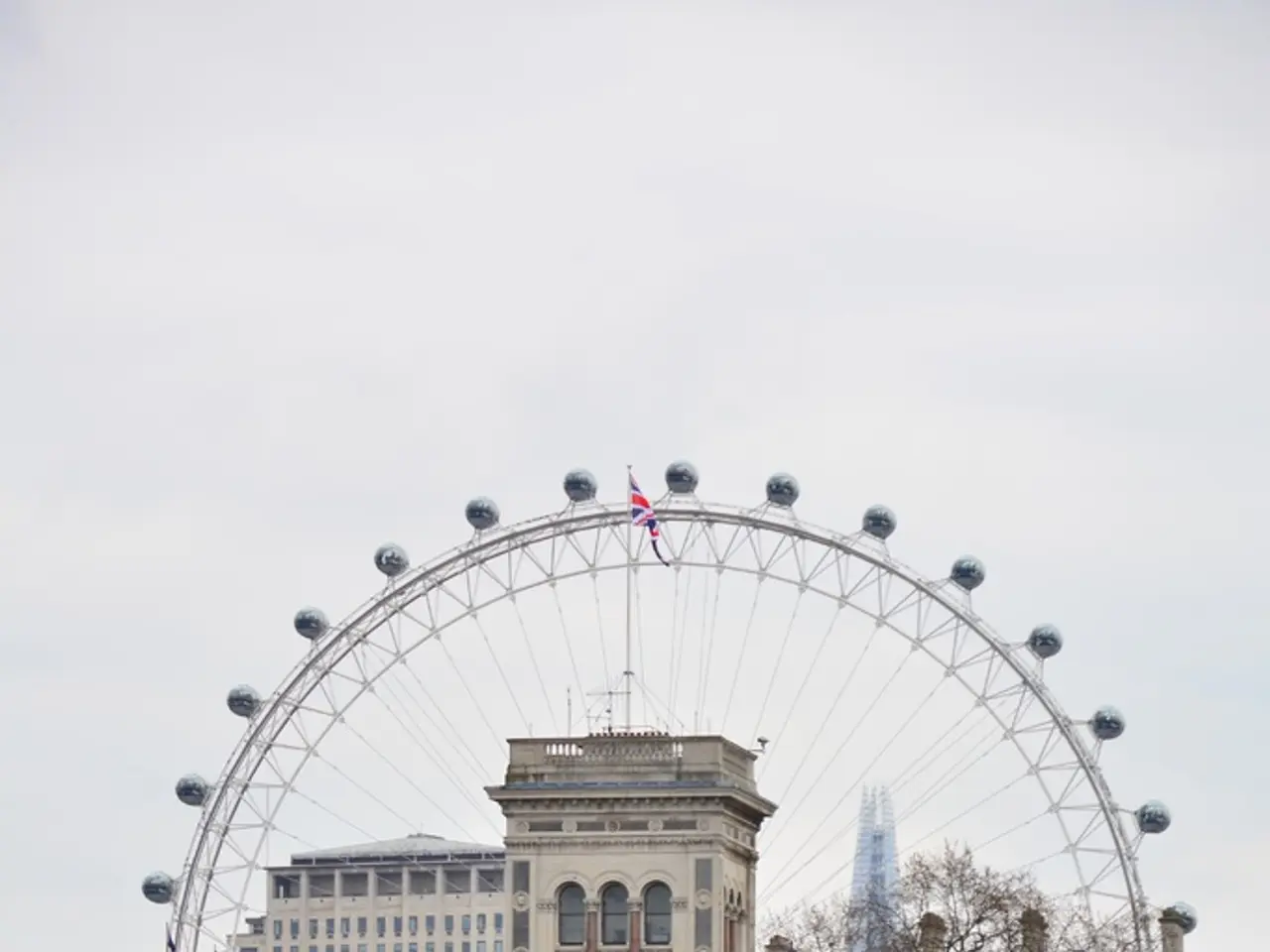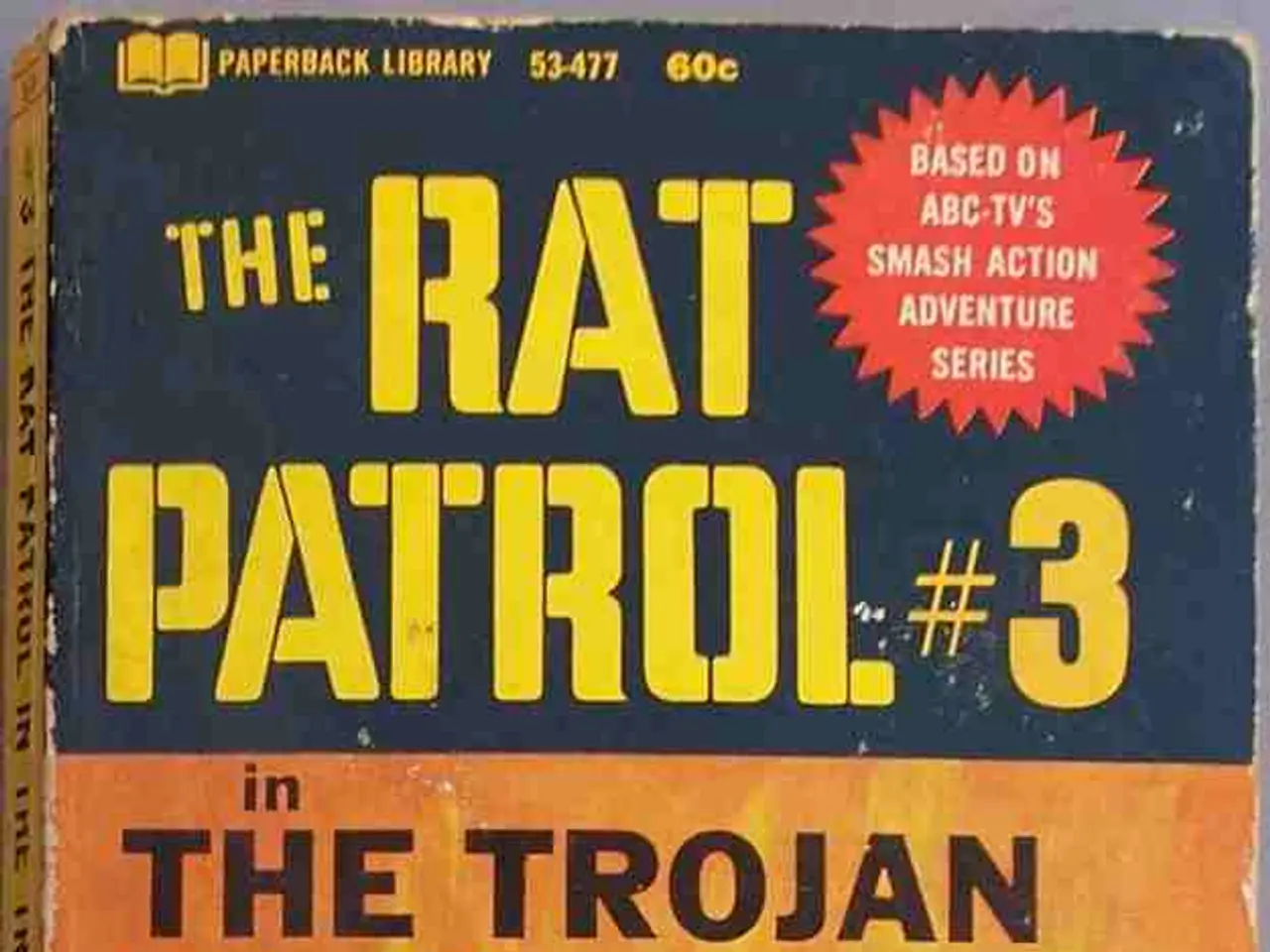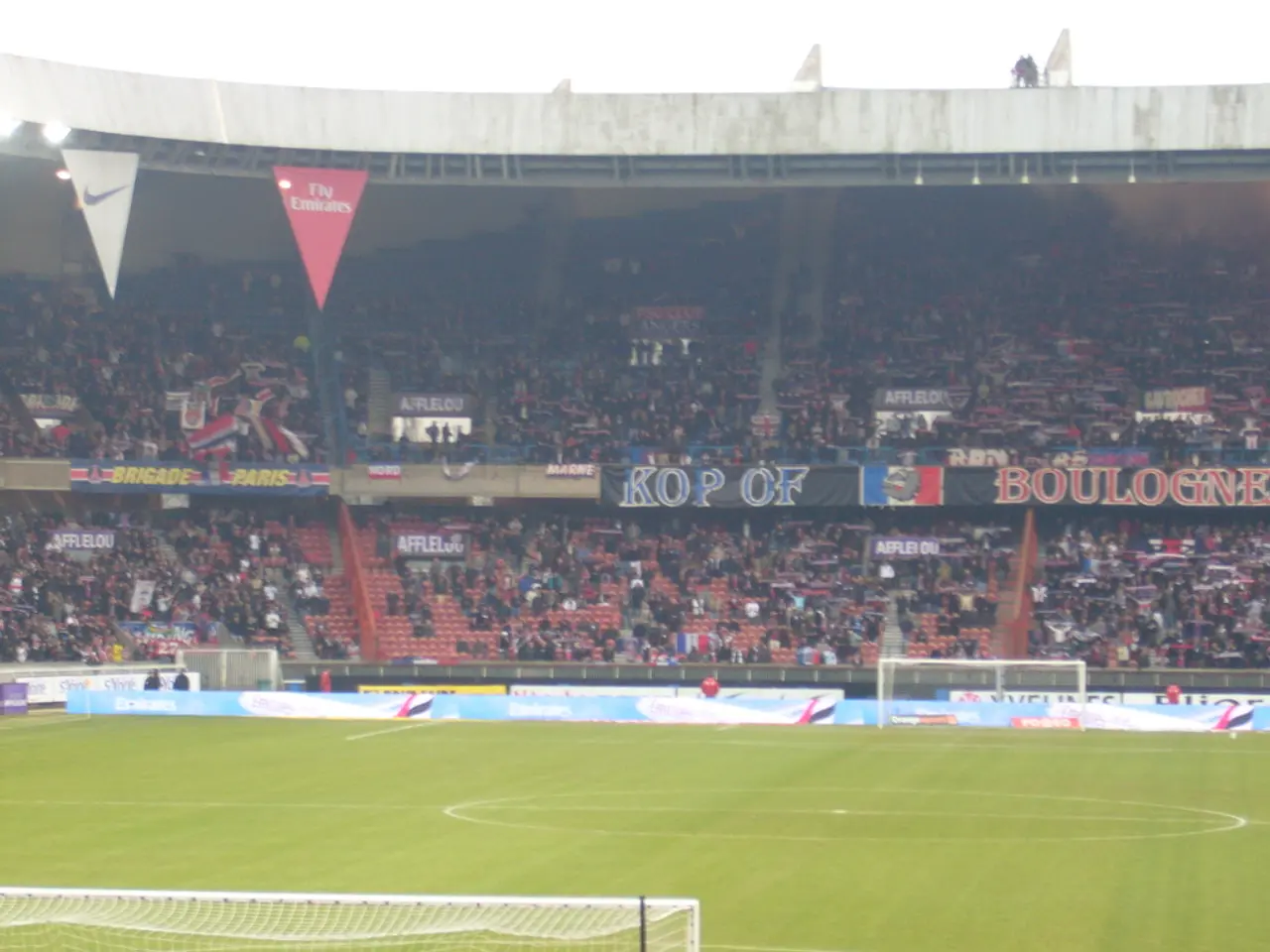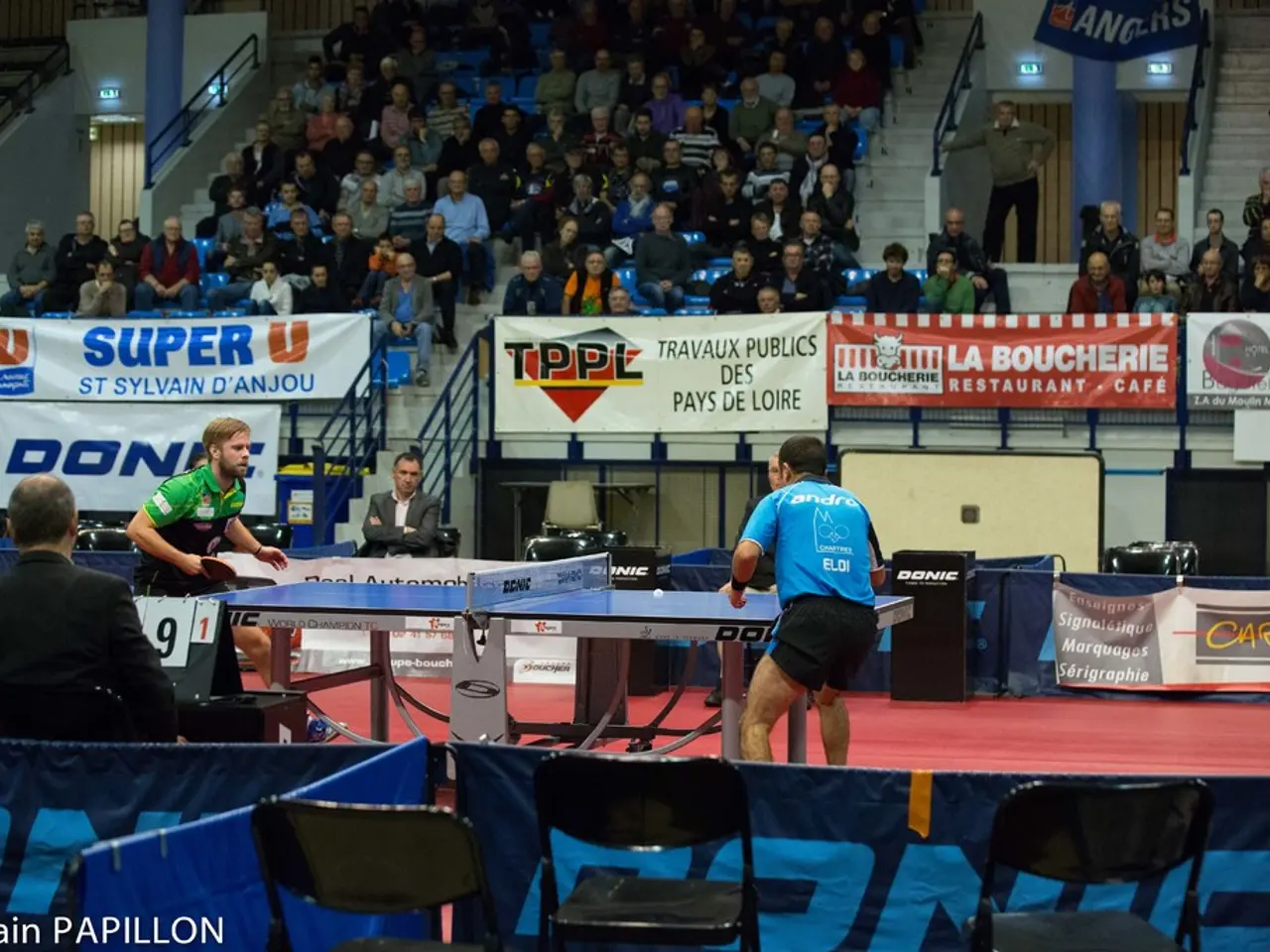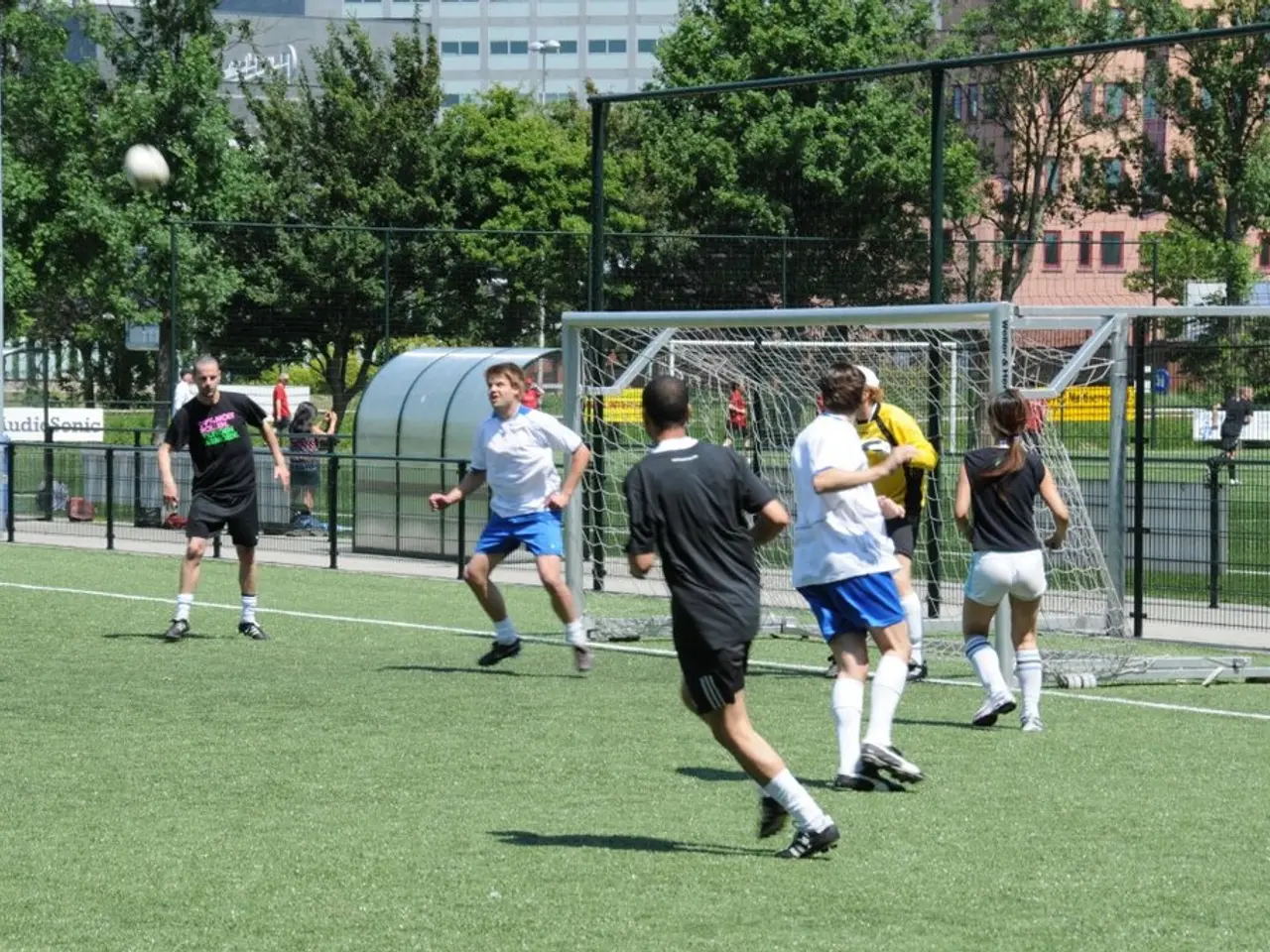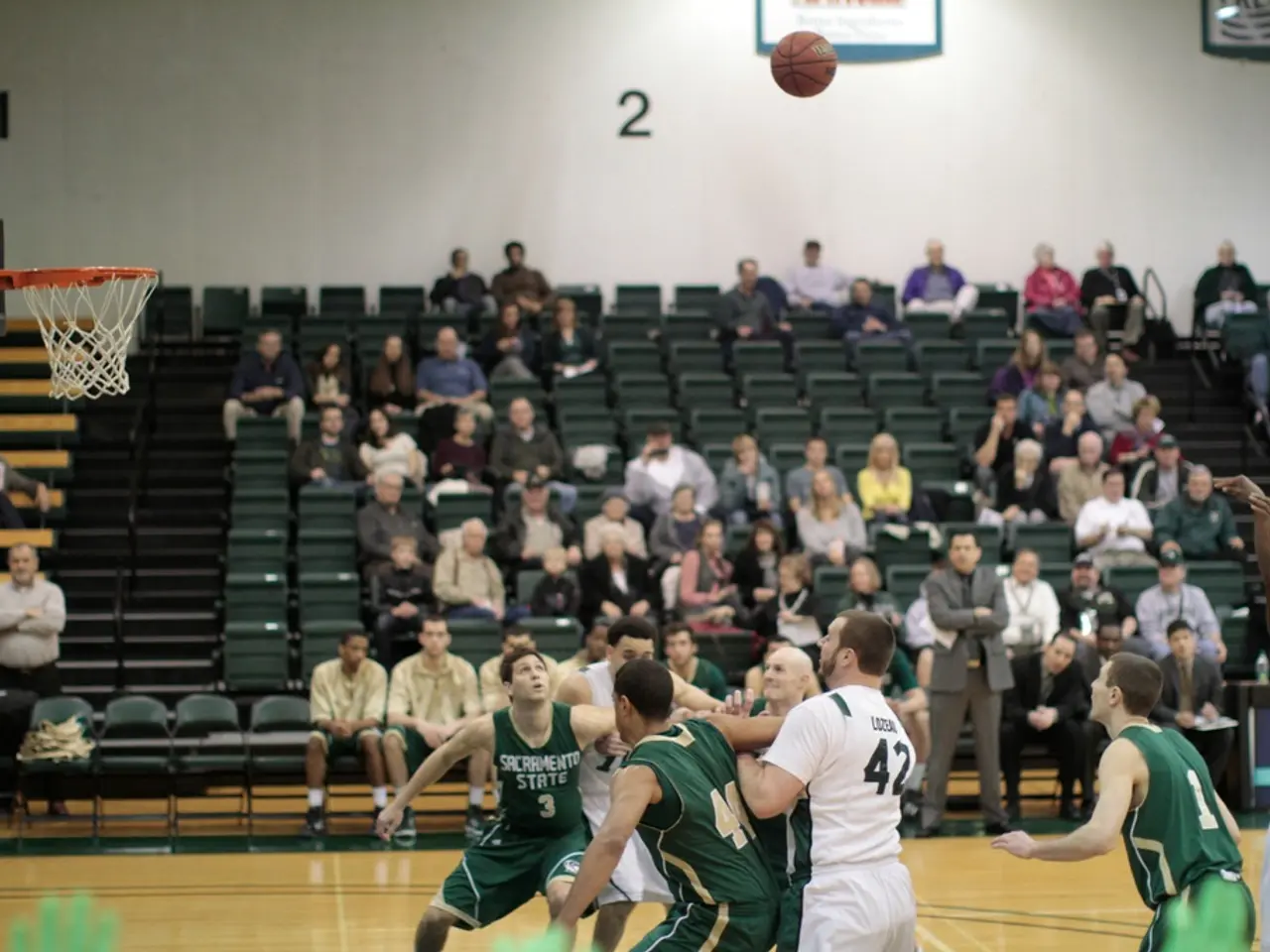A Time of Political Strife: The Rotten Boroughs Riots in Medieval London
Violence Erupts During 14th-Century London Elections
In the heart of medieval London, during the reign of King Richard II, a tumultuous period unfolded, marked by intense political conflict and episodes of election violence. This struggle, known as the Rotten Boroughs riots, took place from 1383 to 1388 and was centred around two prominent figures: Nicholas Brembre and John Northampton.
The Leading Figures
Nicholas Brembre and John Northampton were significant political figures in London's governance. Brembre, a wealthy merchant and alderman, was aligned with the wealthy elite and royalist interests, while Northampton, a reformist and populist, championed the interests of the city's poorer citizens and smaller merchants.
The Election Violence and Rotten Boroughs Riots
The term "Rotten Boroughs" later came to describe parliamentary constituencies with corrupt or disproportionate representation, but in this context, it also refers to corrupt electoral practices and violent factional conflicts in London during this period. The rivalry between Brembre and Northampton escalated into outright violence during elections for city governance, including borough and aldermanic seats.
Supporters of both factions engaged in intimidation, riots, and the forcible disruption of polling and council activities. Brembre eventually regained control, using authority and Crown support to suppress opposition and enforce his political will, but not without considerable bloodshed and social unrest.
The Largest Civic Protest Since the Peasants' Revolt
After several months, John Northampton had the support to launch the largest civic protest in London since the Peasants' Revolt. Resentment grew steadily, leading to this significant demonstration. The crafts involved in the riot had legitimate grievances and later collectively petitioned parliament for action against Nicholas Brembre for misgovernment.
The Crafts and Trade Groups
The leaders of the craft and trade groups were accused of making decisions "by clamour rather than by reason". A tailor named William Wodecok was even arrested for carrying a sword, buckler, and polearm (pike) during the riot.
This period exemplifies the instability in medieval urban governance where factions contended violently for power. It highlights early instances of electoral corruption and manipulation that would later be recognized more formally in English political history. The clashes contributed to growing tensions between the Crown and the City of London, with impacts on London’s autonomy and governance structures.
The violence and factionalism also reflected the broader social transformation underway in late medieval England. This period serves as a critical moment in the history of medieval London, showcasing a time before the more stabilized municipal reforms of the later medieval and early modern periods.
- The violent factional conflicts during the Rotten Boroughs riots in medieval London were centered around the political figures Nicholas Brembre and John Northampton, with their rivalry escalating into outright violence during elections, especially in the competition for city governance positions.
- The Rotten Boroughs riots in medieval London, marked by intense political struggle and episodes of election violence, are an example of the early instances of electoral manipulation in English political history, which later became more formally recognized.
